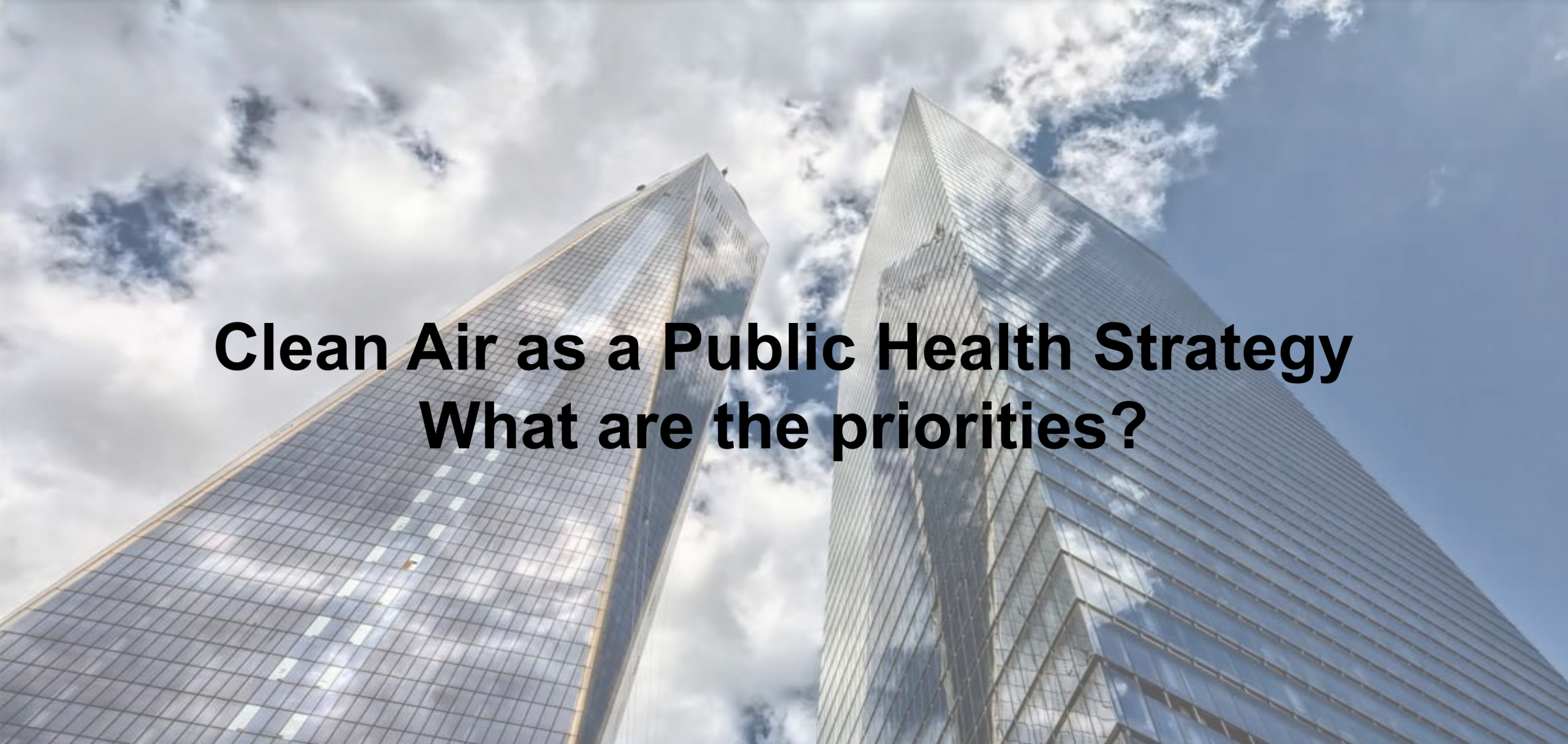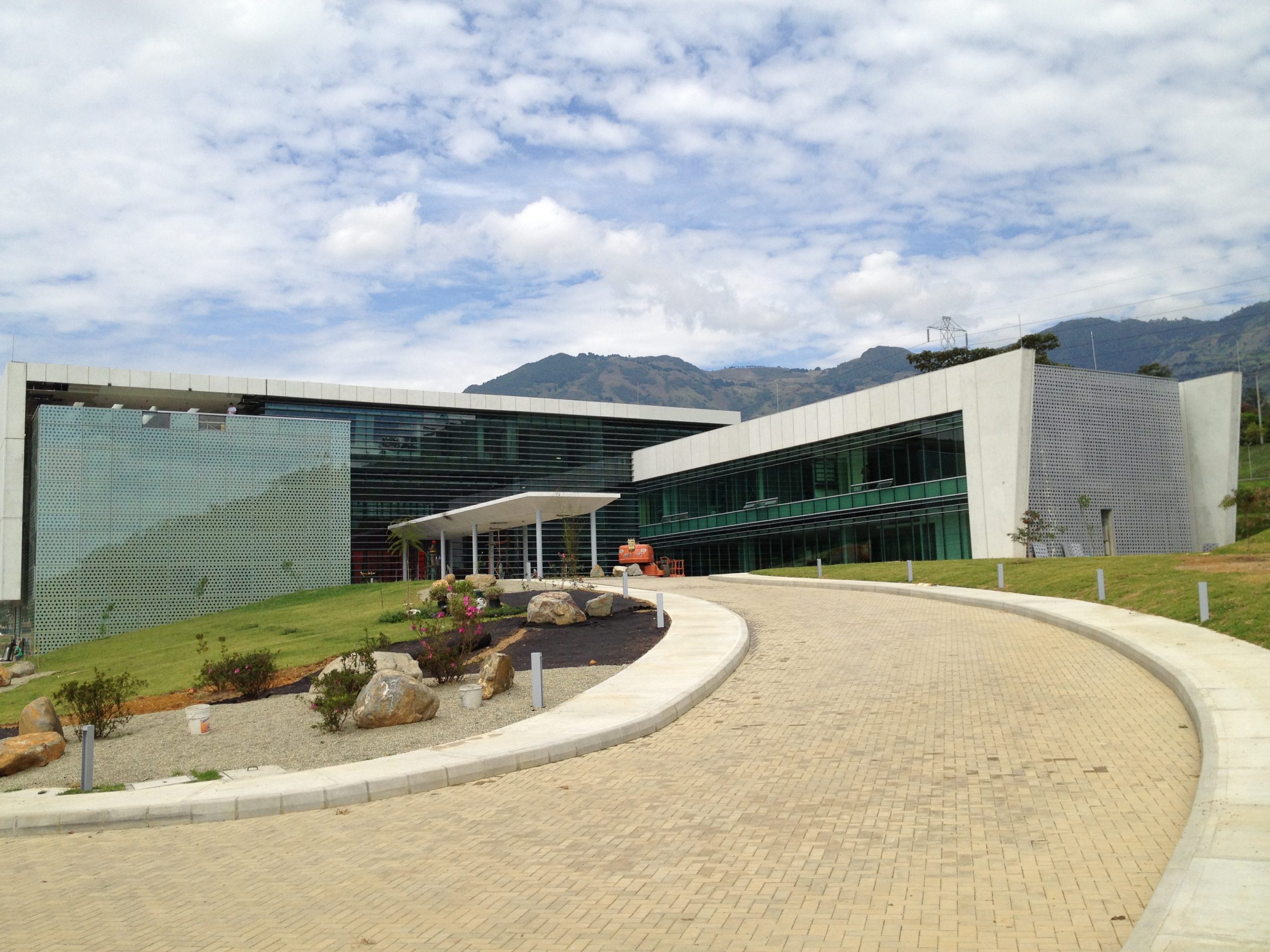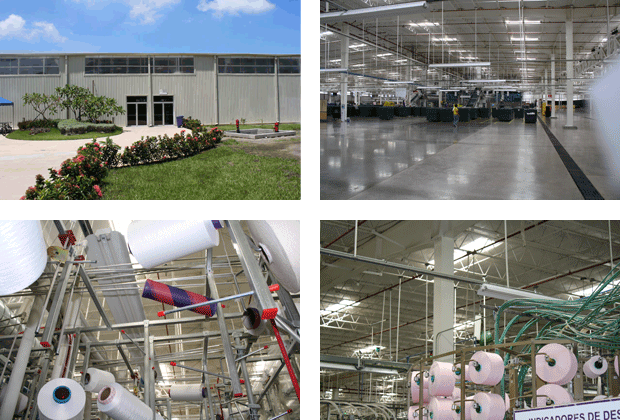-

Clean Air as a Public Health Strategy: What are the Priorities?
“Ventilation systems are critical to maintaining the health, comfort, and performance of people in buildings. Recently, the pandemic, risk of wildfire, and other contingencies made clean air in buildings salient to the public in a way it had never been before. Facility owners, standards bodies, and organizations managing building rating systems took note and took…










